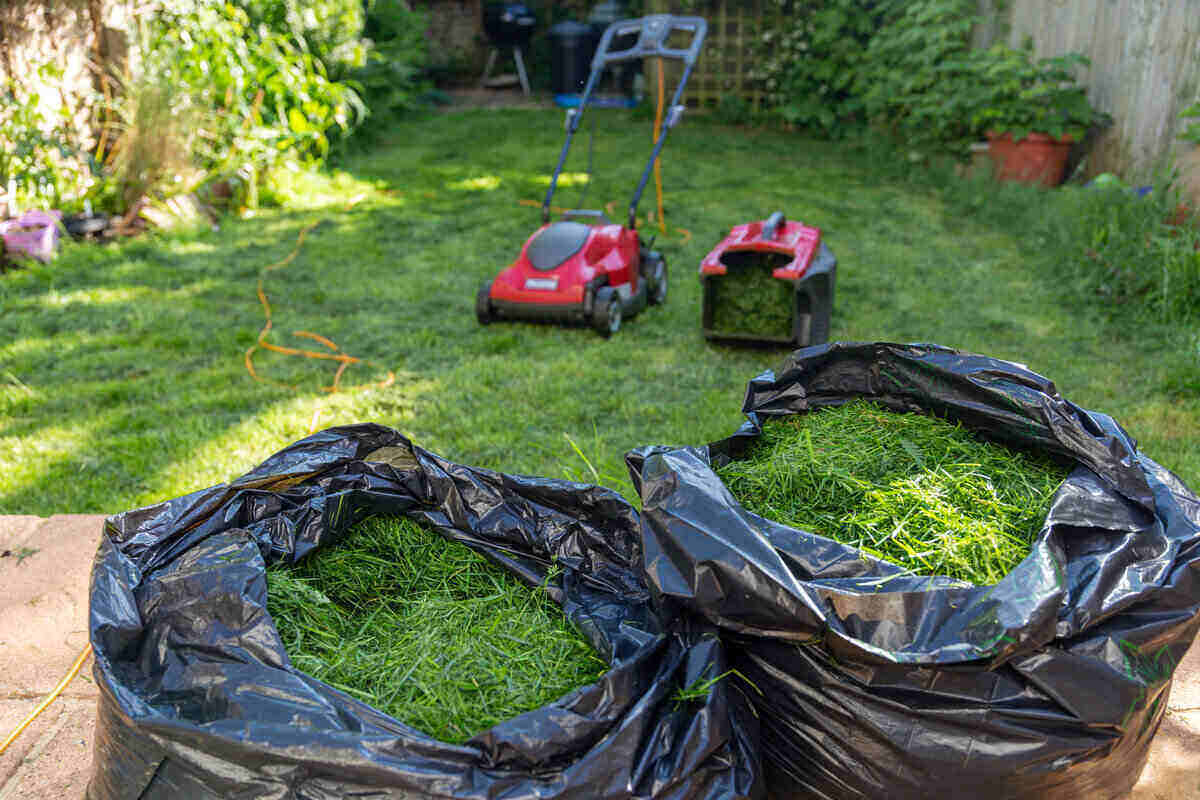Benefits of Bag Clippings

Lawn mowing is an essential part of maintaining a healthy and attractive lawn. One common debate among homeowners is whether to bag grass clippings or leave them on the lawn. Bagging grass clippings involves collecting the cut grass and disposing of it, while mulching or side-discharging spreads the clippings back onto the lawn. In this article, we'll explore the benefits of bagging clippings and help you determine if it's the right choice for your lawn.
1. A Neater Appearance
Bagging grass clippings results in a neater and more manicured look for your lawn. If you prefer a tidy and well-groomed appearance, bagging can help achieve that polished look by removing clippings from the surface.
2. Weed and Pest Control
Leaving grass clippings on the lawn can sometimes contribute to weed growth, especially if the grass has gone to seed. Bagging clippings can help prevent weed seeds from spreading and reduce the risk of weed infestations. Additionally, bagging can minimize the attraction of pests like grubs, chinch bugs, and ticks that might thrive in the decomposing grass clippings.
3. Disease Prevention
In some cases, bagging clippings can help prevent the spread of lawn diseases. If your lawn has a history of fungal diseases like brown patch or dollar spot, bagging can help remove infected grass and reduce the risk of disease transmission.
4. Enhanced Lawn Care Precision
Bagging allows you to better control the amount of grass clippings left on the lawn. This precision can be beneficial when you want to keep the grass shorter or avoid leaving clumps of clippings that might smother the grass.
5. Reduced Thatch Accumulation
Thatch is a layer of dead grass and organic matter that can build up on the soil's surface. While some thatch is normal and beneficial, excessive thatch can inhibit water and nutrient penetration. Bagging clippings can help reduce thatch accumulation, especially if you tend to cut your grass very short.
6. Grass Clipping Disposal
Bagging clippings provides a convenient way to collect and dispose of grass clippings. You can use the clippings as mulch, add them to your compost pile, or place them in yard waste bags for municipal collection.
Conclusion
While bagging grass clippings offers several benefits, it's important to note that leaving clippings on the lawn (mulching or side-discharging) also has advantages. Grass clippings left on the lawn can provide valuable nutrients as they decompose, improve soil health, and enhance water retention. The choice between bagging and not bagging ultimately depends on your lawn's specific needs and your preferences. If you prioritize a tidy appearance, weed control, or disease prevention, bagging may be the right choice for your lawn. However, if you want to take advantage of the natural benefits of grass recycling and improve your lawn's long-term health, mulching or side-discharging might be a better option. Consider the condition of your lawn, your mowing habits, and your overall lawn care goals when deciding whether bagging clippings is the right choice for your lawn maintenance routine.
Choose Lawnber for Thorough Lawn Care
To maintain your yard as lush and healthy as possible, contact Lawnber for easy, quick and reliable online pricing and booking. Applications are available year-round through our programme to maintain your lawn's overall health. Our professional crews are experienced in lawn care and ready to provide you with weekly services after you sign up. We provide simple-to-use online features to help you connect with the service crews and manage your services. We also provide real-time status updates to you for peace of mind that your lawn is getting taken care of. To learn more, get in touch with Lawnber